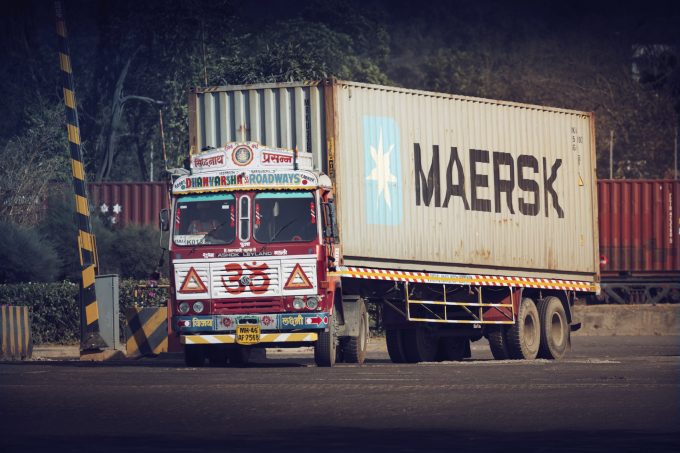India withdraws access for Bangladesh transhipments, in 'very harmful' decision
Fresh from being hit by US tariffs of 37%, Bangladesh is now contending with the ...

The container shortage in India is improving, according to Maersk.
However, the carrier’s Q3 trade report highlights the continuation of the country’s lopsided trade flow.
“With 14% quarter-on-quarter growth, India’s containerised exports are helping the country’s trade recover,” says Maersk. “Slow yet steady revival of imports further contributes towards an overall improvement.”
Overall, Q3 volumes in India were down 8% year on year – exports up 14% and imports down 28%, although up 30% on Q2.
Textiles and apparel were the main driver of ...
Asia-USEC shippers to lose 42% capacity in a surge of blanked sailings
USTR fees will lead to 'complete destabilisation' of container shipping alliances
New USTR port fees threaten shipping and global supply chains, says Cosco
Outlook for container shipping 'more uncertain now than at the onset of Covid'
Transpac container service closures mount
DHL Express suspends non-de minimis B2C parcels to US consumers
Zim ordered to pay Samsung $3.7m for 'wrongful' D&D charges
Flexport lawsuit an 'undifferentiated mass of gibberish', claims Freightmate

Comment on this article